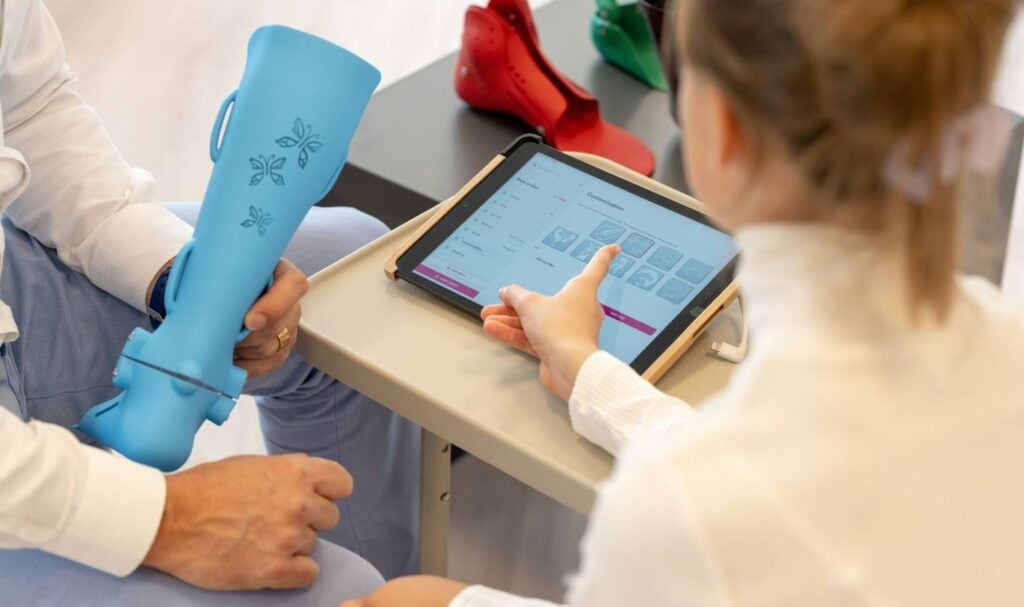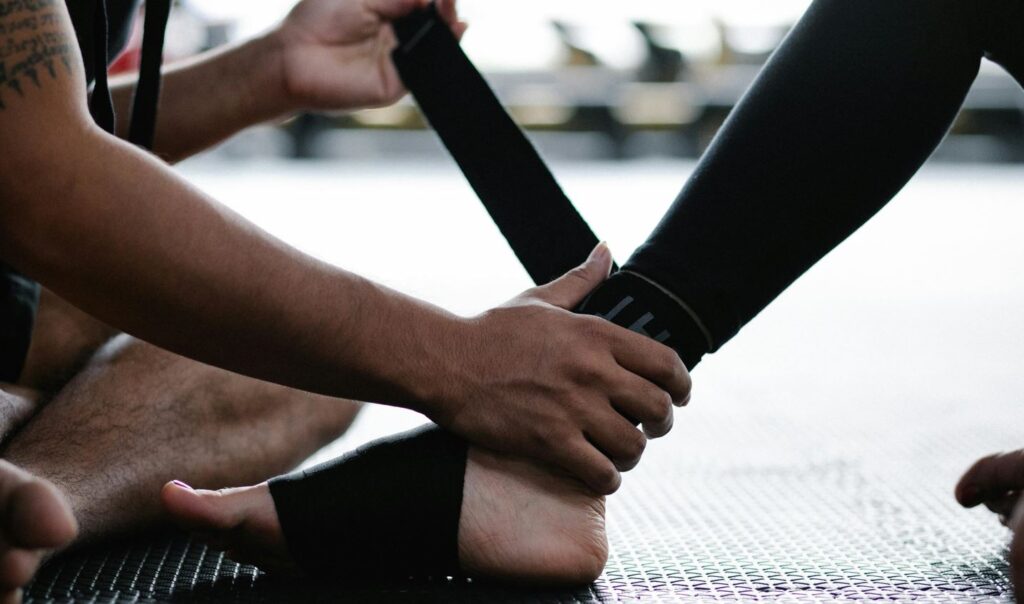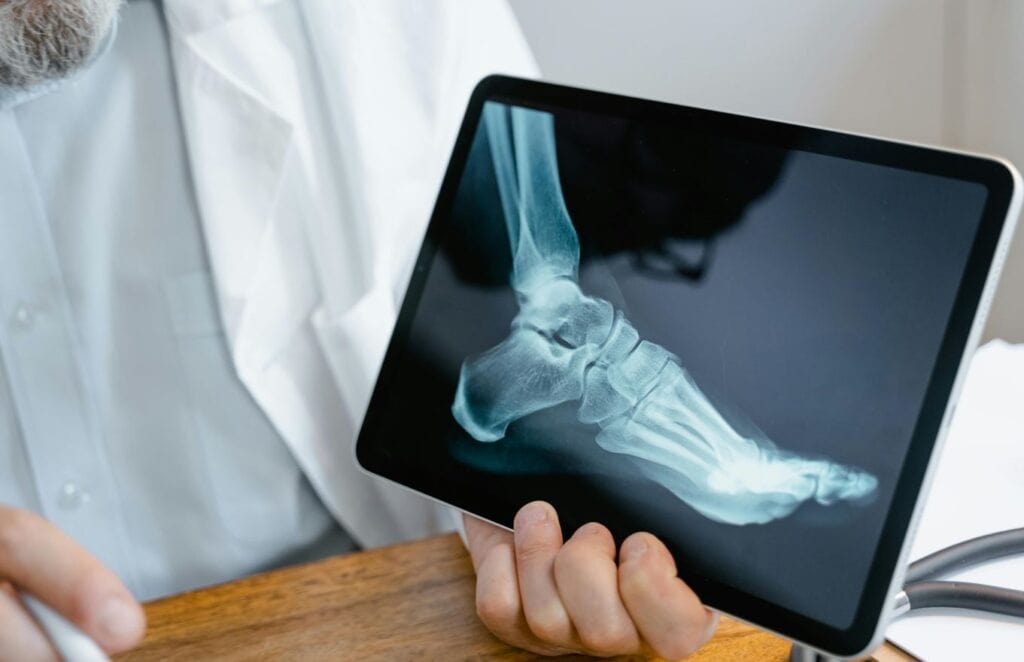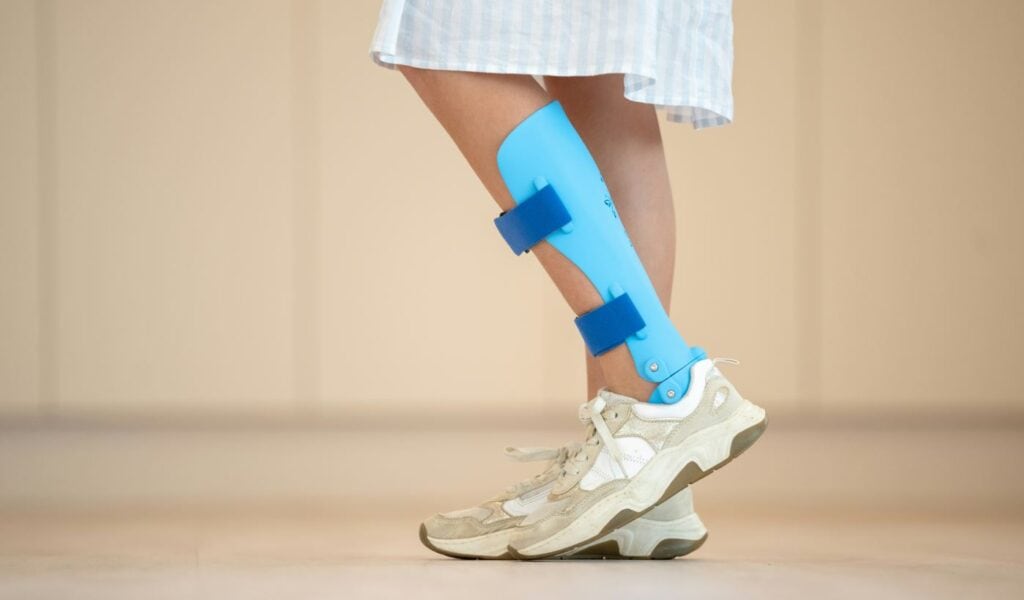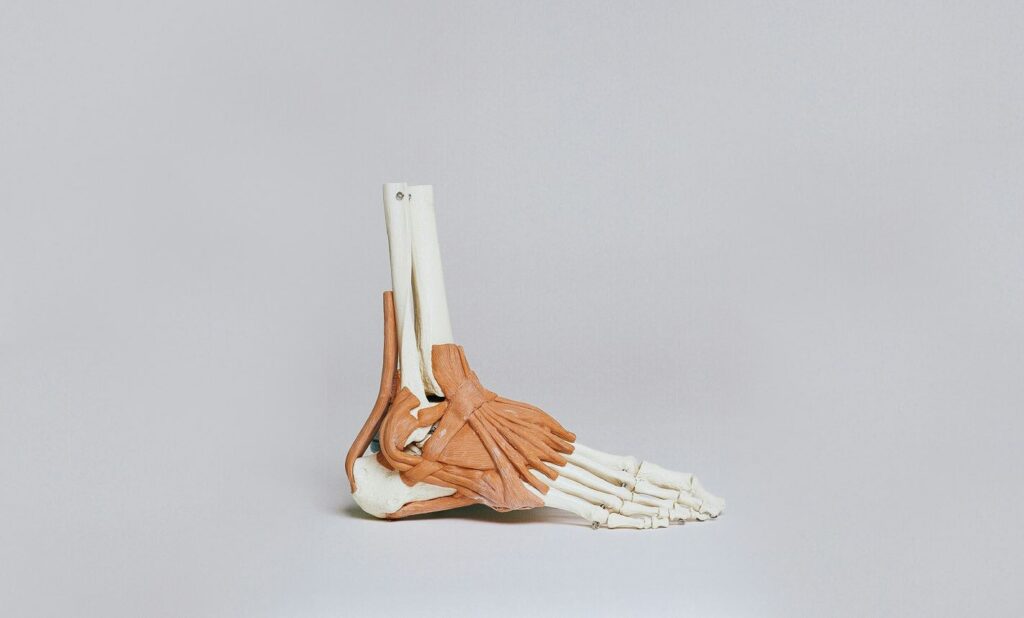Orthotic insoles help foot health by providing comfort and stability. The correct insole may improve daily living for many Australians, from Sydney commuters to Outback trekkers. Whether you experience foot discomfort or plantar fasciitis or wish to improve shoe comfort, orthotic insoles are essential. This basic guide will help you choose the best solution for your feet.
Let's Get Straight To The Point
To select the right orthotic insoles, understand your foot type and arch—whether low, neutral, or high. Assess foot behaviour and pain points, then match insoles to your daily activities, such as sports, work, or casual use.
Consider the material—foam, gel, cork, or leather-based on comfort and durability needs. Proper fit is crucial, so test insoles in your shoes before buying to ensure comfort and support.
For specific health conditions, consult a podiatrist for customised recommendations. Ultimately, the right insoles improve foot health, comfort, and performance.
Understand Your Foot Type
1. Determining Arch Type
Finding the perfect orthotic insoles begins with understanding your arch type. This core understanding helps you choose an insole that supports your feet's specific structure. The wet test is one of the easiest and most accurate ways to detect arch type. Wet your foot and tread on cardboard or thick paper for this test. The imprint left behind will reveal the characteristics of your arch:
- A full imprint indicates a low arch or flat feet, suggesting a tendency towards overpronation.
- A barely there imprint where only the ball and heel of the foot are visible points to a high arch, often leading to underpronation.
- A modest foot arch print indicates a neutral arch, indicating biomechanical equilibrium.
Understanding arch types is important since they impact walking and joint strain.
2. Examining Foot Behaviour
Understanding how your foot moves might help you choose an orthotic insole. Flat feet can cause ankle tension and injury due to inward tilting. High arches may cause feet to slant outward, putting more stress on the outside edges. These patterns can assist in choosing insoles that rectify or accommodate these inclinations.
3. Foot Strain And Pain Points
Assess where you typically experience pain or strain in your feet. Flat-footed people may need insoles with increased arch support and alignment correction to relieve discomfort in their inner feet and lower back. High arches can cause heel discomfort and plantar fasciitis, requiring shock-absorbing insoles.
4. Integrating Lifestyle And Foot Type
Finally, consider how your lifestyle and daily activities impact your foot health. Sportspeople may need insoles with support and flexibility to handle quick movements and prevent injury risk. If your profession necessitates standing all day, pick insoles with optimum cushioning and support to reduce tiredness and pain.
After examining your foot type, behaviour, and needs, you may pick orthotic insoles that fit well and assist you throughout the day. This customised treatment addresses foot concerns, improving your quality of life.
Consider Your Activities
Consider your daily activities while choosing orthotic insoles. Each exercise puts different demands on your feet and affects the support and cushioning you need. Match your insoles to your lifestyle to increase comfort, performance, and injury prevention.
1. Workplace Demands
Your feet are affected by your job, especially if you stand, stroll, or work in difficult conditions. Healthcare and retail workers spend long hours on their feet, sometimes on hard floors, which can cause weariness and foot pain. Insoles for these activities should include arch support and substantial cushioning to absorb impact and relieve pressure. Insoles that fit safety boots may also assist construction and industry personnel.
2. Athletic And Recreational Pursuits
Insoles for athletes and leisure sportspeople must be active. Runners, soccer players, and gym-goers need insoles that can endure high-impact activities, provide stability, and cushion the heel and forefoot. The insoles should also be composed of materials that can endure repetitive stress and allow enough ventilation to keep feet cool and dry during hard activity.
3. Casual And Everyday Use
Comfort and foot health should be prioritised for daily wear, including errands, casual walks, and mild outdoor activities. Casual shoe insoles should provide modest arch support, cushioning, and flexibility. They should improve shoe fit, making daily activities more comfortable and pleasurable without the weight or stiffness of more specialist orthotics.
4. Special Considerations For Health Conditions
Diabetes, arthritis, plantar fasciitis, and bunions necessitate special insoles. Insoles with excellent cushioning and non-binding tops prevent foot injuries in diabetics due to diminished feeling. To alleviate joint stress, arthritis sufferers may prefer shock-absorbing insoles. Custom orthotic solutions or those recommended by a podiatrist might be necessary to address specific medical needs and enhance foot health.
5. Tailoring Insoles To Your Lifestyle
It's essential to align your insole choice with the specifics of your daily life. Choose based on activities, shoe type, environment, personal material and fit preferences. A warmer environment may value breathability and moisture-wicking insoles to keep feet cool and dry, whereas a colder climate may value insulating insoles.
Consider your daily activities and health needs to choose orthotic insoles with the ideal support, comfort, and durability blend to improve your life and keep you going.
Material Matters
The material choice affects orthotic insole performance, comfort, and durability. The correct insole for your foot depends on the material you choose because each has various qualities.
Foam is popular for its cushioning. It moulds to the foot for personalised support and pressure alleviation. Foam insoles are ideal for daily usage for feet that need light support. Foam compresses over time, reducing support and requiring regular replacements.
Gel absorbs stress better, making it perfect for high-impact activities or joint discomfort. The thick gel distributes foot pressure evenly, relieving stress on important foot regions. Cooling gel insoles can also help overheated feet.
Another durable and supportive orthotic insole material is cork. It gradually conforms to the foot, improving stability and alignment. Cork is a good choice for people who need strong arch support and a long-lasting insole.
Leather insoles are desirable for their breathability and natural feel. They improve footwear comfort rather than corrective support. Leather is ideal for dress shoes and other formal footwear because it improves fit and decreases friction and sweat.
Orthotic insole materials should be chosen based on how they affect your foot and shoe type. Cork may be better for support and alignment, but gel may be better for high-energy exercises. Porous materials like leather or foam may be better for insoles to reduce moisture buildup in warmer areas.
Your activity level, foot health, and comfort preferences will determine the optimum orthotic insole material. By carefully evaluating these criteria, you may pick a material that supports and comforts your feet and improves shoe fit and performance, improving foot health.
Get the Right Fit
The usefulness of orthotic insoles in supporting and avoiding foot problems depends on how well they fit in your shoes. An improperly fitted orthotic can cause foot pain, blisters, and other issues, negating its benefits.
It is crucial to match the orthotic insole size and form to your shoes. Insoles come in various sizes and can be cut to match different footwear designs. You may tailor the fit by cutting to avoid gaps or overlaps that could impact how your foot fits in the shoe.
The insole volume is important, too. Hiking boots and spacious running shoes benefit from high-volume insoles, whereas ski and cycle shoes benefit from low-volume insoles. Choosing the improper volume can substantially affect the shoe's interior space, resulting in poorly fitting shoes that may impede mobility or slip.
The insole location in the shoe is also important. Instead of curling or bunching, the insole should rest at a level on the shoe base. This positions the arch support to benefit your foot shape and the heel cup to stabilise your heel.
Testing the insoles in your shoes is vital before buying. Many businesses let you walk around with shoe insoles to test your posture, stride, and comfort. This trial determines if the insoles assist you without affecting shoe fit. Wear socks you regularly wear with your shoes for this test to obtain the best idea of how the insoles will function in everyday use.
Make sure the insoles don't constrict your feet in your shoes. Your toes should be able to wiggle without striking the front of the shoe, and your heel should fit firmly without sliding.
The appropriate fit for orthotic insoles is crucial to their effectiveness. Properly fitting insoles help avoid foot issues, increase comfort, and promote foot health. You can confidently reap their benefits by carefully selecting and testing insoles that fit your shoes.
Consult with Professionals
For people with persistent foot ailments or specialised demands, consultation with specialists can help them choose orthotic insoles. Podiatrists and other foot health professionals can evaluate your foot anatomy and health to propose insoles that give the optimum support and alignment.
A comprehensive foot biomechanics study is characteristic of a professional consultation. This may entail watching your stride, shoe use, and foot scans or X-rays. Comprehensive foot exams assist professionals in determining the root causes of foot pain and issues.
OTC orthotic insoles work for many individuals, but those with serious foot issues, including overpronation, bunions, or diabetic foot difficulties, may need bespoke orthotics. These are custom-made to assist particular medical concerns and fit your foot.
Additionally, foot health specialists can recommend the best footwear with orthotic insoles. This is crucial since not all shoes fit insoles, and the improper mix might create or aggravate problems. They may also help you progressively incorporate orthotics into your routine, which is important for people who may feel uncomfortable or require time to acclimatise.
Orthotists, who provide orthotic devices are also helpful. As your demands change or your feet adapt to therapy, they can adjust bespoke insole fit and function. This support keeps your orthotic insoles working properly.
Consulting with specialists is about acquiring an orthotic prescription and creating a relationship with a specialist who can monitor your feet's health. Regular checkups allow orthotic changes and help you stay comfortable and flexible, whether you have foot health issues or want preventative treatment.
Insoles may be tempting to choose based on reviews or recommendations, but foot specialists may offer expert assistance. They can offer new perspectives and choices to ensure your choice improves your comfort and foot health.
Test Them Out
Before buying them, you must try orthotic insoles to obtain the appropriate fit and provide comfort and support. Many retailers allow you to walk around with your shoe insoles to test their comfort. This trial time is crucial for assessing comfort and how the insoles alter your movement and posture.
When trying orthotic insoles, simulate your normal use. Athletes should emulate their sport's motions and pressures. Walk on carpets and hard floors to test the insoles' shock absorption and pressure distribution for daily usage. This range of testing ensures that the insoles will work effectively in all activities.
Throughout testing, pay attention to foot alignment modifications and their immediate effects on painful regions. Check for a decrease in pressure on important foot areas and new discomfort. Also, ensure the insoles support your entire foot without slipping or bunching, which can cause blisters and calluses.
Also, wear your usual socks with your shoes throughout this exam. This ensures that the insole fits the shoe correctly and feels authentic. Check that your heel fits comfortably in the shoe with the insole in place and that the toes are not pinched since both might indicate poor fit.
Before buying orthotic insoles, try them extensively to avoid foot pain and health complications. This easy step is often missed. Testing lets you find insoles that will work as intended without side effects.
Conclusion
Choosing the correct orthotic insoles is crucial to foot health and daily comfort. You may choose an insole that matches your needs by carefully evaluating your foot type, activity, insole material, fit, and professional advice. The appropriate insoles may make a big difference while walking through Melbourne's busy streets, climbing in the Blue Mountains, or going about your everyday routine.
Understanding your foot's unique features and needs is the key to choosing the best orthotic insoles. You must try several insoles and observe their comfort and mobility. If you have foot problems or complex demands, please consult a podiatrist or foot health professional. They can advise you and guide you through the many alternatives.
The ideal orthotic insoles should fit correctly, distribute pressure uniformly, correct your gait, and decrease injury risk. Choosing the correct orthotic insoles is an investment in your health, ensuring that every step is supported and comfortable. Start confidently improving your foot health, knowing you made an informed choice for your Australian lifestyle.
Frequently Asked Questions
Yes, by improving home energy efficiency, they reduce reliance on heating and cooling systems, thus lowering carbon emissions.
Regular cleaning, checking seals, and ensuring the frames are undamaged are key to maintaining their efficiency.
Yes, common issues like broken seals or condensation between panes can often be repaired without replacing the entire window.
This usually indicates a seal failure, and the glass unit may need to be replaced.
Yes, it’s possible to retrofit existing frames with double-glazed units, though sometimes new frames might be required.

